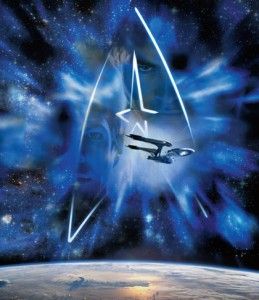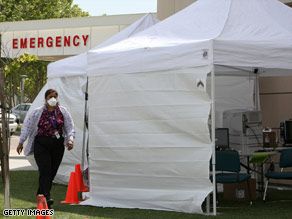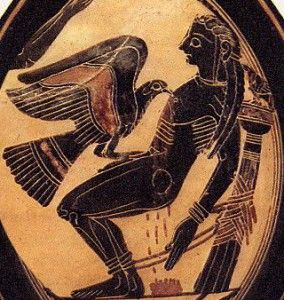May 17, 2009
Dr. Moreau outlawed in LA — Panel Votes to Outlaw Human-Animal Hybrids
Posted by Seb in categories: biological, biotech/medical, human trajectories
U.S. News and World Report — May 12, 2009, by KEVIN McGILL
BATON ROUGE, La.—Combining human and animal cells to create what are sometimes called “human-animal hybrids” would be a crime in Louisiana, punishable by up to 10 years in prison, under legislation approved Tuesday by a state Senate panel.
Scientific researchers in some areas have tried to create human embryonic stem cells, which scientists say could be used to develop treatment for a variety of human ailments, by placing human DNA into animal cells. But such practices are controversial for a number of reasons.
Continue reading “Dr. Moreau outlawed in LA — Panel Votes to Outlaw Human-Animal Hybrids” »
 A younger science than physics, biology is more linear and less exotic than its older sibling. Whereas physics is (mostly) elegant and symmetric, biology is lunging and ungainly, bound to the material and macroscopic. Its predictions are more specific, its theories less sweeping. And yet, in the end, the exploration of life is the frontier that matters the most. Life gives meaning to all elegant theories and contraptions, life is where the worlds of cosmology and ethics intersect.
A younger science than physics, biology is more linear and less exotic than its older sibling. Whereas physics is (mostly) elegant and symmetric, biology is lunging and ungainly, bound to the material and macroscopic. Its predictions are more specific, its theories less sweeping. And yet, in the end, the exploration of life is the frontier that matters the most. Life gives meaning to all elegant theories and contraptions, life is where the worlds of cosmology and ethics intersect.

